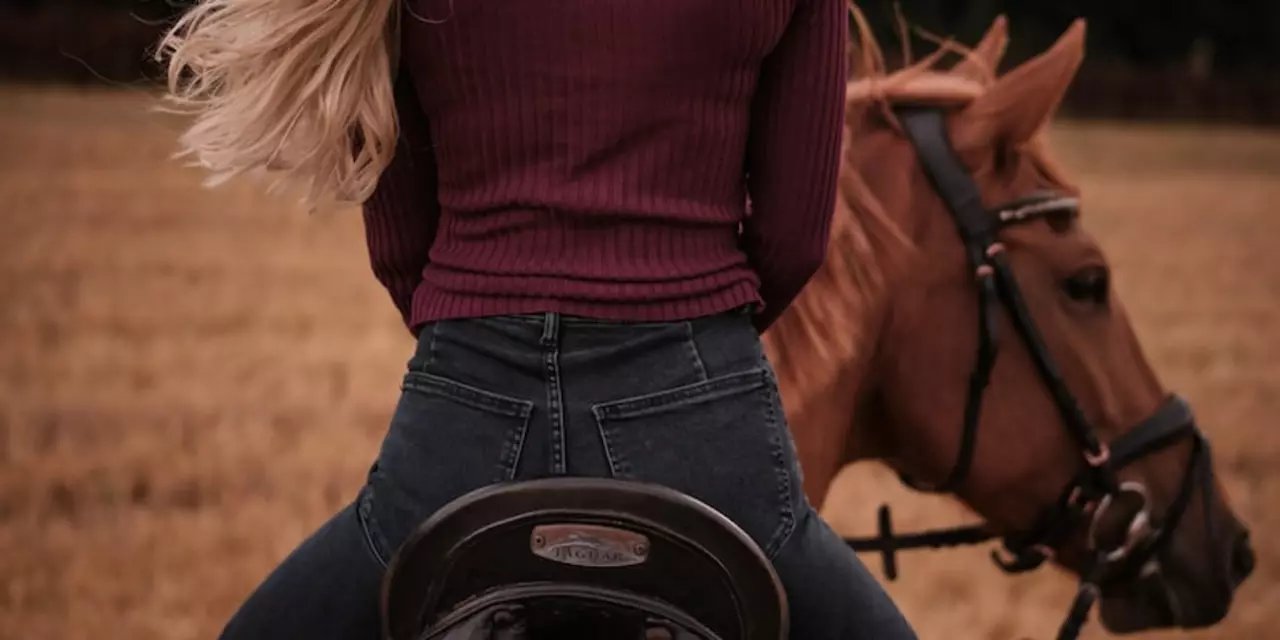Horse Riding Injury Prevention: Stay Safe and Pain‑Free
Ever walked away from a ride feeling sore or worried about a future injury? You’re not alone. Most riders face aches, especially in the back, because the sport demands balance, core strength, and proper technique. The good news? Small changes in how you prepare, ride, and recover can stop pain before it starts.
Prevent Back Pain While Riding
Back pain is the #1 complaint among horse riders. First, check your posture. Sit tall, keep your shoulders relaxed, and engage your core. Imagine a string pulling the crown of your head toward the sky – that tiny lift aligns your spine and reduces strain.
Next, consider your saddle. A poorly fitting saddle forces you to compensate with awkward movements, which hurts the lower back. Have a professional fit the saddle to your horse and your body. A good fit feels balanced, with even pressure on both sides.
Getting on and off the horse matters too. Use a smooth, controlled motion: swing your leg over, keep your weight centred, and avoid jerky twists. Practising these moves on the ground builds muscle memory, so the real ride feels natural.
Stretching before you mount can save you hours of discomfort later. Simple moves like a cat‑cow stretch, hip flexor lunge, and spinal twists open up the spine and hips. Hold each stretch for 20‑30 seconds, breathe deeply, and repeat twice.
After riding, strengthen the muscles that support the back. A short routine of planks, bird‑dogs, and glute bridges takes five minutes but builds the core stability needed for a strong seat. Consistency beats intensity – a few minutes daily works better than a marathon once a month.
Everyday Habits for Injury‑Free Riding
Hydration is often overlooked. Dehydrated muscles are more prone to cramping and fatigue, making you less aware of your position on the horse. Aim for at least half a litre of water before you ride and sip during breaks.
Choose supportive riding boots. Good ankle support and a solid heel keep your legs steady and reduce the chance of slipping off the stirrup, which can cause sudden twists to the back.
Take regular breaks, especially on long sessions. Even a two‑minute pause every 30 minutes lets your muscles reset. Use the time to shake out your legs, roll your shoulders, and check your posture.
Listen to your body. If you feel a twinge, stop and assess. Pushing through early aches often leads to more serious injuries. A brief rest, a stretch, or a quick core check can keep the problem from escalating.
Finally, keep your equipment in good shape. Loose stirrups, worn reins, or a cracked saddle can create unsafe riding conditions. Regularly inspect your gear and replace anything that shows wear.
Putting these habits into a routine doesn’t require a massive time commitment. A quick pre‑ride check, a few minutes of stretching, and a post‑ride core routine can transform your riding experience from painful to enjoyable. Stay aware, stay consistent, and you’ll ride longer without the dreaded back ache.



